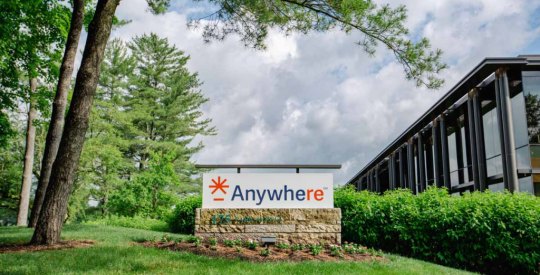Commercial property prices have fallen massively – especially the 2006-2008 vintages, which have registered declines of 50% from peak to trough, compared to 30% in the previous CRE crisis in 1990/1991. Many deals which are gradually coming to refinancing have no equity left, while a majority of securitized CMBS deals at least have current cash flows. As a result, [last month’s American Securitization Forum 2010] panelists say that a number of cases will be resolved through loan modification/restructuring.
There is strong evidence that the government supports modification initiatives in order to avoid massive forced property sales. For example, one of the measures adopted by the FDIC enables banks to keep loans at par on their balance sheet as long as the cash flows remain current. Extension but also re-remics structures are therefore popular and should continue to be used. Moreover, government programs still have some firepower for buying back deals, with about $25bn still available within the various government support programs. All panelists agreed that delinquencies are still mounting and still far from their peak in the sector. They even mentioned a possible return to the heights of the 1990 crisis, at 12% or higher. On Monday, Moody’s Investors Service published its January delinquency index for CRE, which reached 5.42%, up from 4.5% in December.
To understand the possible systemic risk, one important factor is the concentration and standards of CRE loans in the banking sector. FDIC figures show that 350 banks have already failed and around 1,000 banks – mostly regional or small banks – hold current exposure to CRE sector representing 300% of their Tier 1 capital. These entities will clearly experience serious problems. Following the bankruptcy of such entities, panelists expect the FDIC to develop a specific FDIC “legacy asset” securitization program to finance the loans.
They say that this CMBS securitization would be actually quite different from traditional CMBS instruments, as the pools would comprise much smaller loans that those in traditional CMBS structures.
Can the market restart? While aggregation risk (ie the process of ramping up a portfolio before being securitized) is still a major issue, the fundamentals of the new originated loans are much stronger than those of the pre-crisis securitized pools. This should get the market off to a good start, although on a much smaller scale than previously. Three deals have been issued so far, not enough to build up an index, but as more deals are issued, the development of an index to be used as a hedging tool should enable the market to take a further step towards recovery.
Properties need larger-scale repricing. Losses will be realized as deals change hands, but this will help get the market off to a good start. This process will take place in an orderly manner, as the sector is generally sound – unlike the residential and particularly the subprime market.
Official support is already quite evident and the authorities are committed to a restart of the CMBS market. More support may be needed in the form of an extended TALF program, which borrower advocacy organizations are working on, along with loan modification adjustments.
The restart will however be gradual and the market will be smaller.



